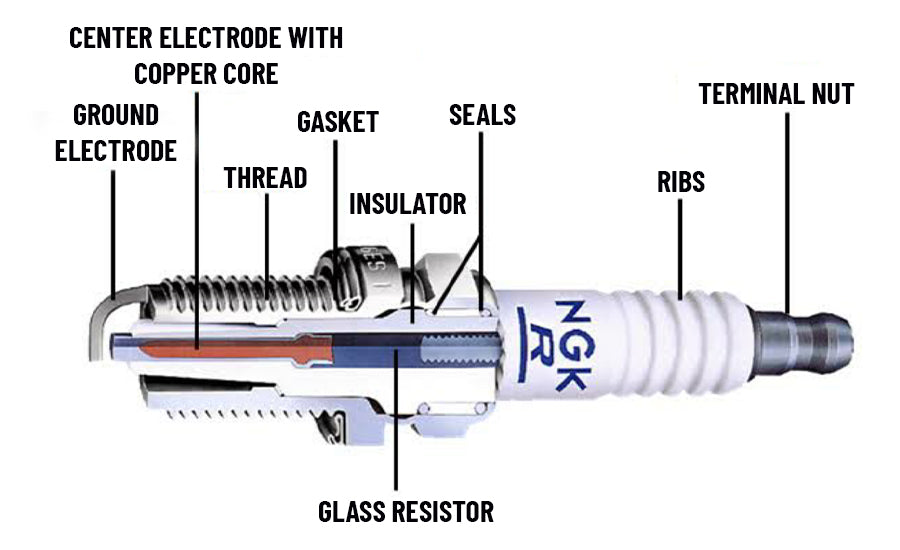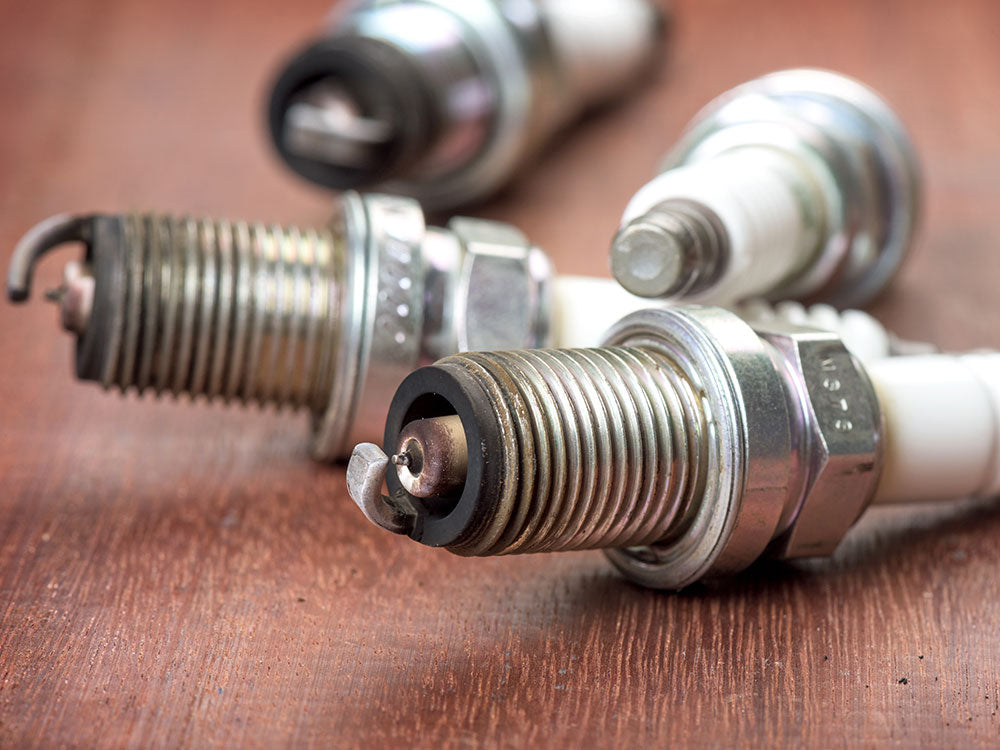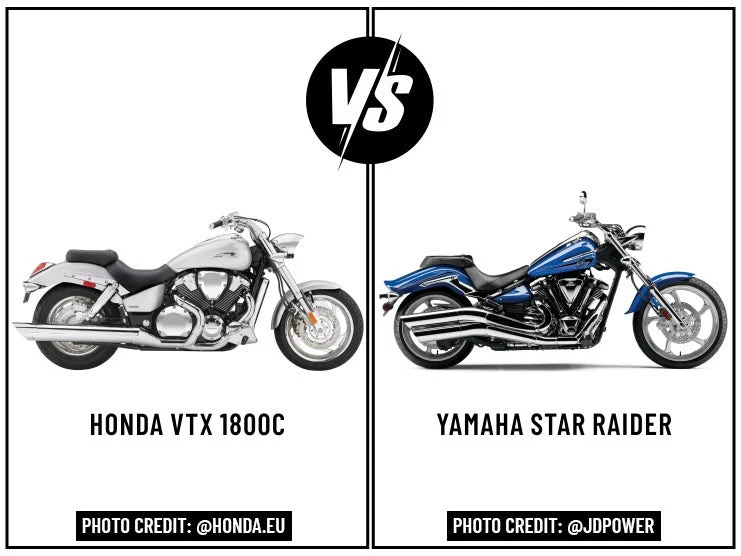Table of Content
“Hobby is when you buy a new motorcycle, passion is when you keep the old one running.”
Keeping a motorcycle in good condition can help it last longer. If your motorbike does not start or underperforms, this could imply a lot of possible issues. Such examples include a drained battery, degraded fuel or engine oil, and spark plug issues. This article discusses how to read spark plugs based on their conditions and colors.
1. What is a Spark Plug?

A spark plug is a device that produces a spark of electricity to initiate combustion in the engine to start the vehicle. When you start a motorbike with a kickstart or by using an electric starter, it produces a current across a small gap close to the spark plug that ignites the mixture of air and fuel inside the engine’s combustion chamber.
2. Reading Spark Plugs

If your motorcycle is having some issues, you should examine the spark plug for potential problems. A spark plug is a useful device that can provide useful information about the appropriate steps to take, including whether to change the spark plug or not. Reading a spark plug and knowing when to replace it with a new one is important and easy. A spark plug in good condition can help your motorbike perform better.
3. How to Read Spark Plugs
A spark plug’s color and appearance can help you evaluate its condition. First, you need to remove the spark plug and have a look at the section inside the engine. A normal or healthy spark plug has a light tan color around its tip, indicating that the engine is performing well. However, if the spark plug is some other color or appearance, this implies possible issues with the ignition, fuel system, or engine.

4. Different Spark Plugs Conditions
4.1 A Normal and Healthy Spark Plug
To examine the condition of a spark plug, check the firing end’s color and appearance. A normal and healthy spark plug has a tan color with slightly grayish deposits on its firing end/center electrode. This indicates everything is fine with your spark plug and you can plug it back in.
4.2 Black, Oily Deposits
Black and oily deposits on the spark plug’s firing end indicate an oil leakage. This is also known as oil fouling and it can cause your spark plug to misfire. This could be due to worn valves causing oil to leak into the cylinders and pistons. If the spark plug is covered in oil, it is important to find the source of the oil leakage. After the leakage is stopped, you can get a new, replacement spark plug.
Also Read: HOW TO CLEAN A MOTORCYCLE ENGINE
4.3 Wet Spark Plug
Wet fouling is when water enters the spark plug’s firing end. This could happen when riding in the rain or when the rider constantly attempts to start the engine when it is not starting. When you have a wet spark plug, the resistance between the ground and center electrodes is over 10 ohms, which is why the spark plug fails to produce the current necessary to start the engine.
4.4 Carbon Fouling or Dry Spark Plug
In carbon fouling or dry spark plugs, the firing end is covered with sooty deposits. This can be due to a faulty carburetor, a clogged air filter, or an incompatible spark plug with an improper temperature range. Other possible causes include leaving the motorcycle engine idle for too long, using a rich air and fuel mixture, and riding your motorcycle often at low speeds. You should consult a mechanic and replace the spark plug as soon as possible.
4.5 Overheated and Melted Spark Plug
An overheated spark plug can cause the deposit on the spark plug to melt, giving the firing tip a polished look. If the temperature rises above 1,200°C, the nickel alloy electrode starts to melt, giving it a bulbous and uneven look.
Other signs of burned or melted spark plugs include white deposits and blisters on the firing tip. If you have a burned or melted spark plug, you should immediately replace it. A burned or melted spark plug is caused due to a loose spark plug, an incorrect spark plug, or the engine overheating.
4.6 Broken Spark Plug
Installing the wrong spark plug can cause the electrode to break. A broken spark plug needs to be replaced as it can cause damage to the engine. Make sure to check the owner’s manual for the appropriate spark plug size and temperature range appropriate for your motorcycle. A spark plug that is too big is often hazardous to the motorcycle’s engine. Meanwhile, a spark plug that is too small can result in spark plug fouling and poor fuel consumption.
4.7 Corrosion, Erosion, and Oxidation of a Spark Plug
A spark plug with a corroded electrode has a rough surface and greenish deposits. This is often due to heavy oxidation. A spark plug suffering from corrosion, erosion, and oxidation can result in poor engine performance and an incorrect distance between the firing tip and the ground electrode.
4.8 Lead Erosion
Lead erosion in a spark plug can occur due to the lead compounds in the fuel burning inside the engine. The lead compounds react to the nickel alloy electrode, making the ground electrode thinner and reducing the size of the firing tip.
4.9 Dead or Worn Spark Plugs
Dead or worn spark plugs have electrodes that are no longer functional due to overuse. These spark plugs have electrodes with a rough surface and should be replaced as soon as possible. A dead or worn spark plug puts the ignition system at risk and wastes fuel. A faulty or worn spark plug requires high voltage to produce a spark due to more resistance between the firing tip and ground electrode.
Also Read: 10 SIGNS YOUR MOTORCYCLE NEEDS AN OIL CHANGE
5. Frequently Asked Questions (FAQs)
5.1 What Problems Can a Faulty Spark Plug Cause?
A faulty spark plug can lead to various problems, including the engine not starting, reduced fuel economy, the engine misfiring, and slower acceleration. If your motorcycle is experiencing any of these problems, looking at the spark plug first is recommended.
5.2 How Often Should Spark Plugs be changed on a Motorcycle?
A motorcycle spark plug can last more than 8,000 miles. The quality and longevity of a spark plug depend on its construction and the materials used. They should be replaced after the motorcycle is ridden for more than 8,000 miles. However, if the motorcycle’s engine is experiencing problems due to a faulty or broken spark plug, it should be replaced immediately.
5.3 What Type of Spark Plug is Best for Motorcycles?
A high-quality spark plug can improve the ignition process and fuel economy. NGK Iridium IX spark plugs are some of the top-quality spark plugs on the market. They ensure optimal resistance between the center and ground electrodes which generates a powerful enough spark.
5.4 Do Motorcycles Need Special Spark Plugs?
Depending on the motorcycle’s design and model, you will need a specific spark plug as mentioned in the owner’s manual. Different spark plugs available on the market have different sizes, temperature ranges, and levels of resistance between the firing tip and ground electrode.
6. Takeaway
If you examine the spark plug and determine brokenthat it is suffering from , you should replace it immediately . I f you think you may need further assistance, take your motorbike to your nearest mechanic to get the spark plug checked and replaced. If you know how spark plug s work, you may be able to figure out what problems it is having and find a solution. For better fuel mileage, acceleration, and optimal engine performance, make sure you have a spark plug in good condition.
Regularly maintai ning your motorcycle is key to ensuring reliability. If you do not regularly maintain your motorbike, you risk the engine becoming worn out and damaged. Apart from k eeping your motorcycle well-maintained, it should also be aesthetically appealing. A good-looking motorbike is fitted with aftermarket parts that improv e its look, storage capacity, and comfort level. There are different luggage options available at Viking Bags, including sissy bar bags and saddlebags. Other aftermarket parts include sissy bars, crash bars, handlebars, and fairings.













Leave a comment
All comments are moderated before being published.
This site is protected by hCaptcha and the hCaptcha Privacy Policy and Terms of Service apply.